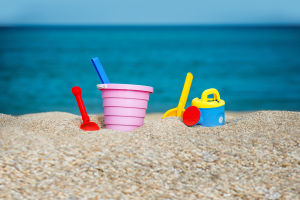Welcome Lykkers, have you ever wondered why the weather feels different than what the thermometer reads? Well, let's dive into the fascinating world of "feels-like" temperatures and uncover how it affects our daily lives.
Understanding Feels-Like Temperatures: The Science Behind It
When you hear the local meteorologist talk about a feels-like temperature, they are referring to how the weather conditions make the temperature feel to our skin.
Whether it's the biting wind chill of winter or the sweltering heat index of summer, our body's response to these conditions can vary significantly.
Feels-Like: Wind Chill
During cold winter days, the air temperature combined with the speed of the wind can create a wind chill effect that makes it feel colder than it actually is. The faster the wind blows, the faster heat is drawn away from our bodies, causing moisture on our skin to evaporate more quickly. This evaporation process requires energy, leading to a sensation of greater cold.
To combat wind chill, experts recommend avoiding cotton clothing, which allows for quick evaporation. Instead, opt for wool or synthetic fabrics that retain heat and prevent excessive moisture loss.
A Wind Chill Chart provided by the National Weather Service can be a handy tool to gauge the impact of wind on perceived temperatures.
Feels-Like: Heat Index
In contrast, the heat index in summer is influenced by both the temperature and humidity levels in the air. High humidity inhibits the evaporation of sweat from our skin, making it harder for our bodies to cool down naturally. This combination of heat and moisture results in a feeling of discomfort and can pose health risks if proper precautions are not taken.
To stay cool during hot weather, wearing light-colored cotton clothing can aid in evaporation and cooling. Hydration is also crucial to help your body cope with the added effort of regulating temperature in these conditions.
Plan Ahead and Stay Safe
Whether dealing with extreme cold or heat, planning ahead is essential to avoid adverse effects on your health. During high heat indexes, limit strenuous activities and seek shade when possible to prevent heat-related illnesses. In winter, dress in layers to trap warm air and protect exposed skin from frostbite.
Remember, there's no such thing as bad weather, only bad gear. With the right preparation and knowledge, you can brave any weather condition safely and comfortably.
Stay informed, stay curious, and embrace the wonders of the natural world. Happy exploring, Lykkers!


